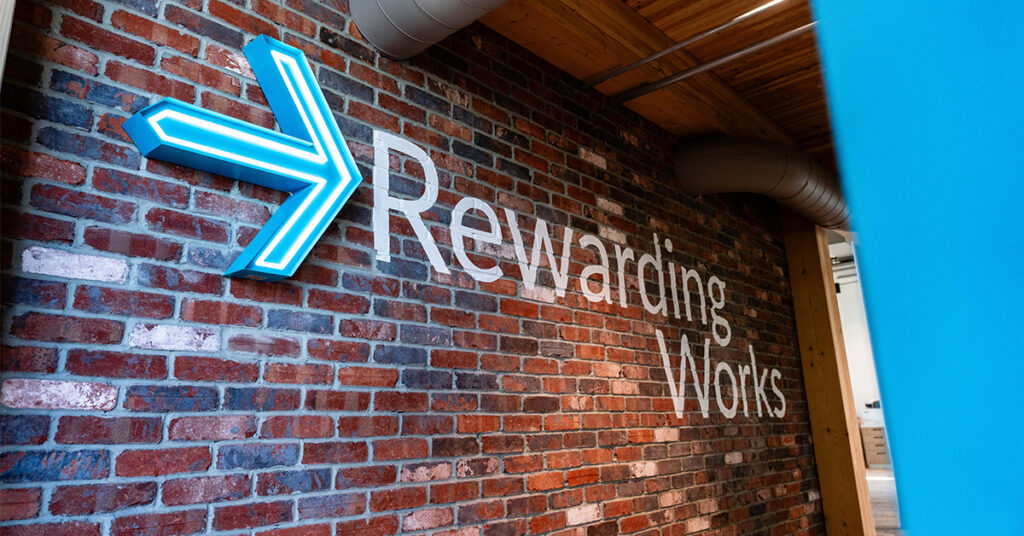As 2026 planning cycles begin, HR leaders face a familiar but evolving challenge: how to design rewards and recognition (R&R) programs that truly engage, recognize, and retain employees.
The stakes are higher than ever, with talent markets still tight and employee expectations continuing to rise. Here’s how leading organizations are approaching the year ahead, drawing on the latest data and practical insights from across the industry.
1. Employee Engagement: The Foundation of Effective R&R
A strong rewards and recognition strategy is directly linked to employee engagement, which in turn drives retention and business performance. According to SHRM, 68% of HR professionals say recognition positively affects retention, and 56% report it improves recruitment outcomes. Yet, the impact is greatest when recognition is not just an isolated gesture but woven into organizational values and talent strategy.
Key actions for 2026:
- Tie recognition to core values: 70% of organizations with the highest-impact programs do this.
- Make recognition frequent and timely: Move beyond annual or milestone-only awards to ongoing, real-time recognition.
- Integrate recognition with employee listening: Use feedback and pulse surveys to inform what employees value most.
2. Recognition: The Power of Non-Cash Rewards
Research consistently shows that non-cash rewards—including gift cards, merchandise, experiences, and especially individual travel—create stronger emotional connections and drive higher engagement when compared to cash incentives. Tangible, non-cash rewards are memorable, visible, and socially shareable, amplifying their impact on culture and motivation.
Trends to leverage:
- Experiential rewards are surging: Over half of North American and two-thirds of European organizations expect to increase experiential rewards in the next year, including travel, event tickets, and unique experiences.
- Gift cards and branded merchandise remain core: Gift cards now account for roughly 40% of reward spend in North America and Europe, while branded merchandise provides a high “wow” factor and memorability—especially in small and mid-sized businesses.
- Recognition is social and visible: Employees value awards they can share—both in the workplace and online—reinforcing culture and brand.
3. Retention: Recognition as a Strategic Lever
Turnover remains a top HR concern, and well-structured recognition programs are a proven tool for improving retention. Programs that blend formal (platform-based, with defined criteria) and informal (on-the-spot, peer-driven) recognition deliver the strongest results.
Best practices for 2026:
- Decentralize, but coordinate: Allow business units some autonomy, but set corporate standards to maximize budget efficiency and best-practice sharing.
- Budget for impact, not just tradition: Use current data to inform reward types and frequency; don’t “set and forget” based on legacy spend.
- Personalize rewards: Recognition is most effective when it matches the individual’s preferences and is relevant to their role and impact.
Budgeting Insights
Financial outlooks for R&R are strong: 85% of North American organizations expect better financial performance this year, with reward budgets expected to keep pace or grow modestly in 2026.
However, ongoing economic headwinds (inflation, cost pressures) mean HR leaders should focus on reward mix, ROI measurement, and flexibility rather than across-the-board increases.
2026 Checklist for HR Leaders
- Align R&R to your organization’s culture, values, and business objectives.
- Invest in a mix of rewards: experiential (especially individual travel), merchandise, and recognition platforms.
- Enable real-time, peer, and manager-driven recognition.
- Monitor and measure program effectiveness regularly.
- Stay flexible—adjust reward offerings based on employee feedback and market trends.
Key Sources for 2026 Planning
- SHRM: Using Recognition to Engage Employees
- IESP: Tangible Rewards vs. Cash White Paper
- Academic Research: An Exploratory Analysis of Incentive Packages and Managerial Performance
Looking for advice to help build your budget for 2026? Click Here to visit Maslow Insights, Xceleration’s custom AI incentive and recognition expert. You can ask a question specific for your company and receive industry benchmarks and best practices.
Ready to build a high-impact R&R program for 2026? Let your recognition strategy be a competitive advantage—not just a line item. For more data-driven guidance, visit Xceleration or review recent industry research from leading organizations.
Sources:
- SHRM: Using Recognition and Other Workplace Efforts to Engage Employees
- IESP: Tangible Rewards vs. Cash White Paper
